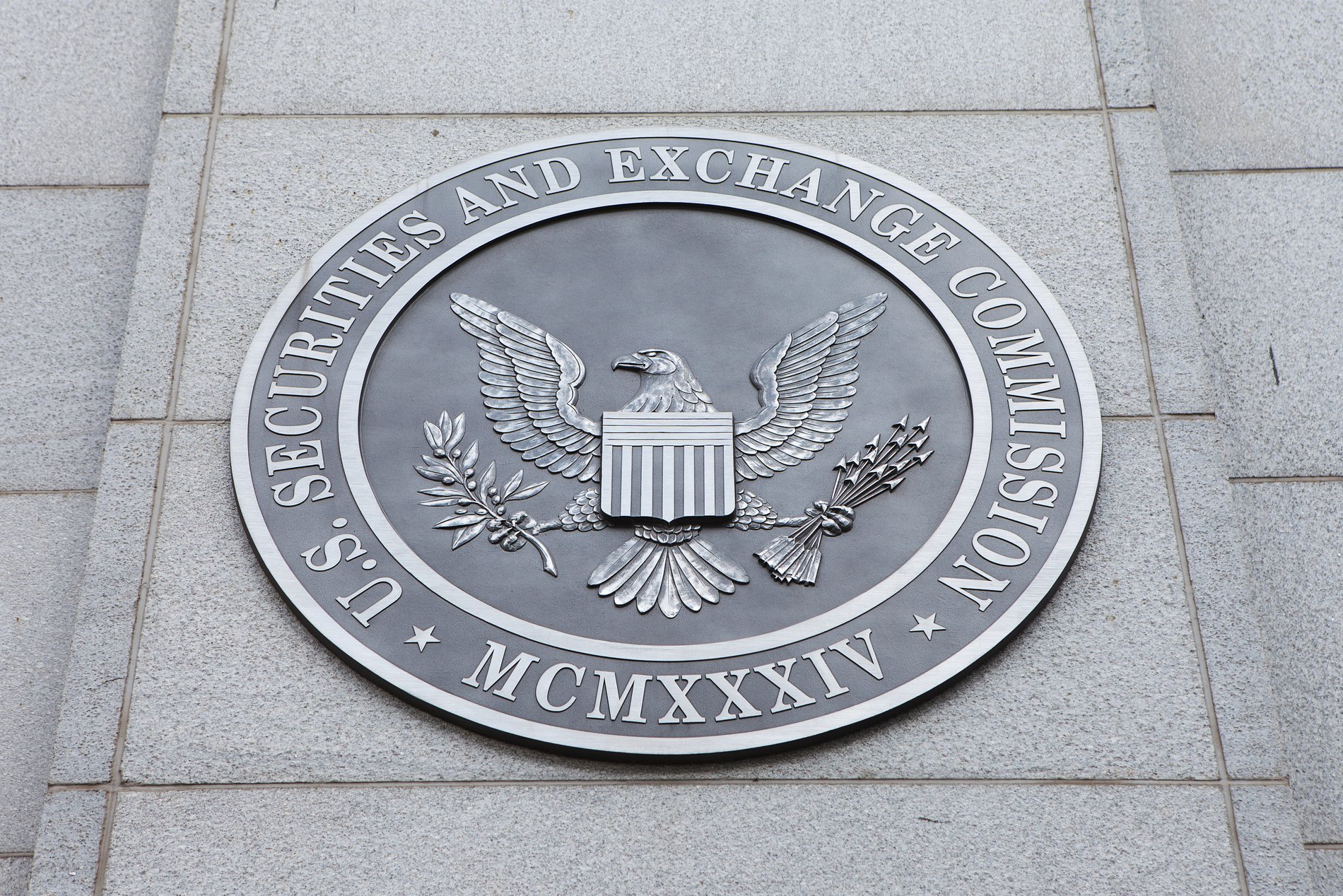What Artists Love About Crypto
What Artists Love About Crypto
In this audio interview, CoinDesk’s Leigh Cuen and Blockade Games co-founder Marguerite deCourcelle talk about bitcoin’s impact on artistic careers. From collecting unique, interactive pieces to designing video games, Cuen and deCourcelle explore how crypto could redefine modern art.
For more episodes and free early access before our regular 3 p.m. Eastern time releases, subscribe with Apple Podcasts, Spotify, Pocketcasts, Google Podcasts, Castbox, Stitcher, RadioPublica, iHeartRadio or RSS.
Bitcoin is money but blockchain technology can also be used in a wide variety of art projects.
Perhaps the best known variety of blockchain-based visual art is non-fungible tokens (NFTs).
For example, Blockade Games co-founder Marguerite deCourcelle said her startup sold $160,000 worth of crypto assets, including NFTs, with most of the profits from two editions of the company’s first game, Neon District.
“Blockade has minted over 850,000 assets to blockchain game players,” eCourcelle said.
She broke onto the scene with paintings that included clues to hidden bitcoin prizes, then started creating interactive, digital art coupled with written roleplaying folklore.
“Instead of the idea of running through the digital treasure hunt and possibly getting bitcoin at the end, the design is now that you start at the beginning, there’s no barriers. You can just start playing,” she said, describing her video games. Players earn “tokens in the background and you’re notified once you’ve created something that’s unique.”
In short, the artist can now co-create with the audience in a way that scales individual experiences. Although DeCourcelle still paints, she’s become fascinated with the creative and artistic potential of blockchain technology.
Since the first wave of so-called decentralized applications (dapps) in 2017, non-fungible tokens have earned gamers more than $20 million through trading, and startups roughly $13.6 million for selling the digital assets, according to blockchain analytics firm Flipside Crypto. Most of that traction was in 2017, when the collectibles game CryptoKitties was the season’s hottest trend and briefly surged to more than 14,000 users.
Yet, Flipside Crypto CEO David Balter said observers should not dismiss blockchains such as Celo and the CryptoKitties creators’ upcoming Flow. Other gaming dapps like Gods Unchained and My Crypto Heroes garnered $4.2 million and $1.5 million, respectively, selling digital assets.
“There are a number of chains that are working to establish dapps that are participants on the chain. Celo, for example, is doing a good job,” Balter said, listing the above-mentioned gaming projects as well. “We’re talking about customer acquisition costs and lifetime value…these are real businesses.”
Flipside Crypto data scientist Angela Minster added that most of these games so far see a surge during the first year, then struggle to retain users. In 2020, she expects to see improvement in that department.
In addition to niche gaming fans, investors’ interest in NFTs hasn’t wavered yet. The “Bitcoin Billionaire ” twins, Tyler and Cameron Winklevoss of the Gemini crypto, are also bullish on NFTs. They acquired the NFT marketplace Nifty Gateway in 2019, which opened for business in March 2020 with digital pieces from artists including doodle-master Jon Burgerman and painter Kenny Scharf. A Nifty Gateway spokesperson said the platform has partnered with 16 brands and artists so far, with one Nifty selling for $1,500.
“Kenny Scharf sold out his collection [in] around two and a half minutes,” the spokeswoman added.
Driving value
Barely anybody uses crypto games these days and even Ethereum fans love to dis them, but some aficionados say a few startups show potential.
It’s a long shot, to be sure. Critics may argue these efforts are merely a small group of people trading software trinkets between friends. If so, that is also still true of the broader industry.
Balter estimated that by May 2020 roughly 2.13% of bitcoin wallets held 95% of bitcoin in circulation. This is still an industry with thousands of people holding most of the assets, betting broader demand from millions will drive value.
“This is actually the lowest concentration of [bitcoin] wealth since March 2016,” Balter said, as a crypto optimist himself. “Developer behavior rating is superb, over the past year the [diversity and contributions] rating has been trending up.”
According to a survey of 15,000 crypto fans by the startup Crypto.com, 73% of users believe cryptocurrency needs to be used as a currency to qualify for “mass adoption,” which 92% of respondents said could happen in the next five years. To some, this may seem as optimistic as betting on artistic crypto collectibles. Companies like Nifty Gateway are exploring how users might display them IRL, while video game creators like deCourcelle focus on interactive features.
“We try to keep a heavy focus on art and [the] story,” she said, speaking to how her characters can involve many interchangeable, tokenized parts. “When you compose them all into this one character, it’s a pretty unique item you’ve created, both in its story and legacy and also in terms of what it can do in the game application itself.”
She said she’s excited to explore what it means for a bitcoiner to develop her career as an artist, using software as a medium. If bitcoin is significant, and we accept its slow growing usage after a decade, then perhaps the fact the CryptoKitties trend of 2017 now has less than 100 daily users isn’t enough to dismiss all NFT experiments. Flipside Crypto’s analytics showed the top CryptoKitties user earned $698,887 and the median user earnings hovered around $53. Earning pocket money through relatively short gameplay, compared to Minecraft or Animal Crossing, may be an attractive factor for some avid gamers.
Balter said it’s “still very early.” If a niche app needs around 500,000 daily users to be successful, then there’s still a long way to go before anyone can claim crypto games are a significant niche within the gaming sector.
“You will see glimmers of better models and outcomes in 2020,” Balter said. “The more that the user is able to monetize, the more the company will succeed.”
For more episodes and free early access before our regular 3 p.m. Eastern time releases, subscribe with Apple Podcasts, Spotify, Pocketcasts, Google Podcasts, Castbox, Stitcher, RadioPublica, iHeartRadio or RSS.









